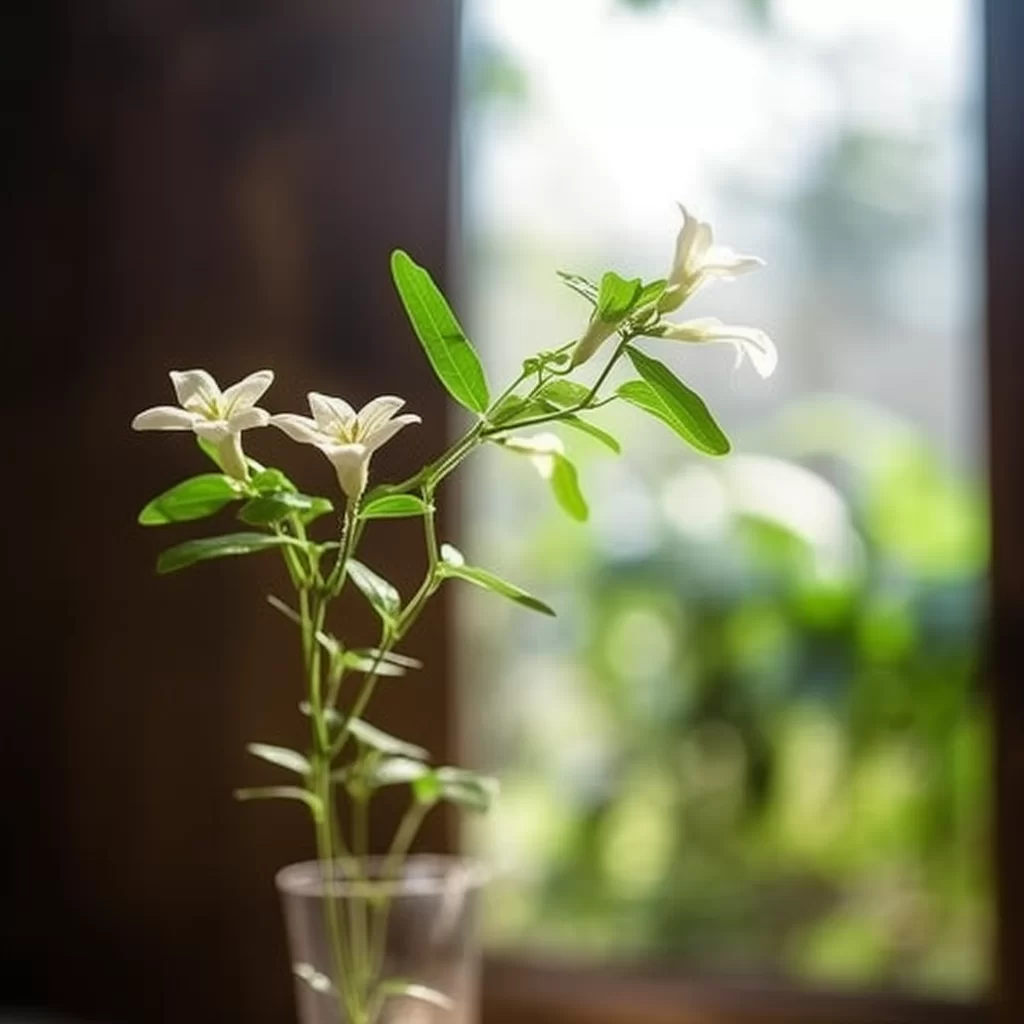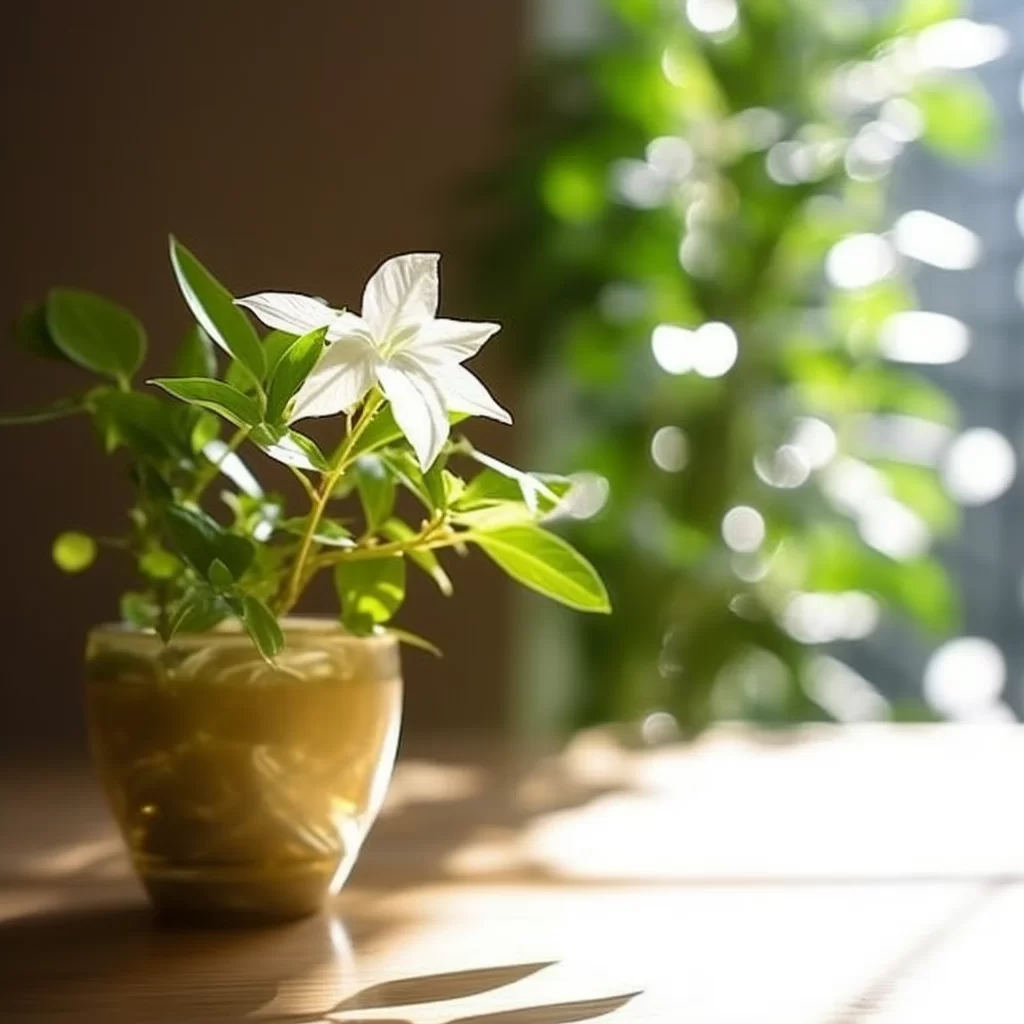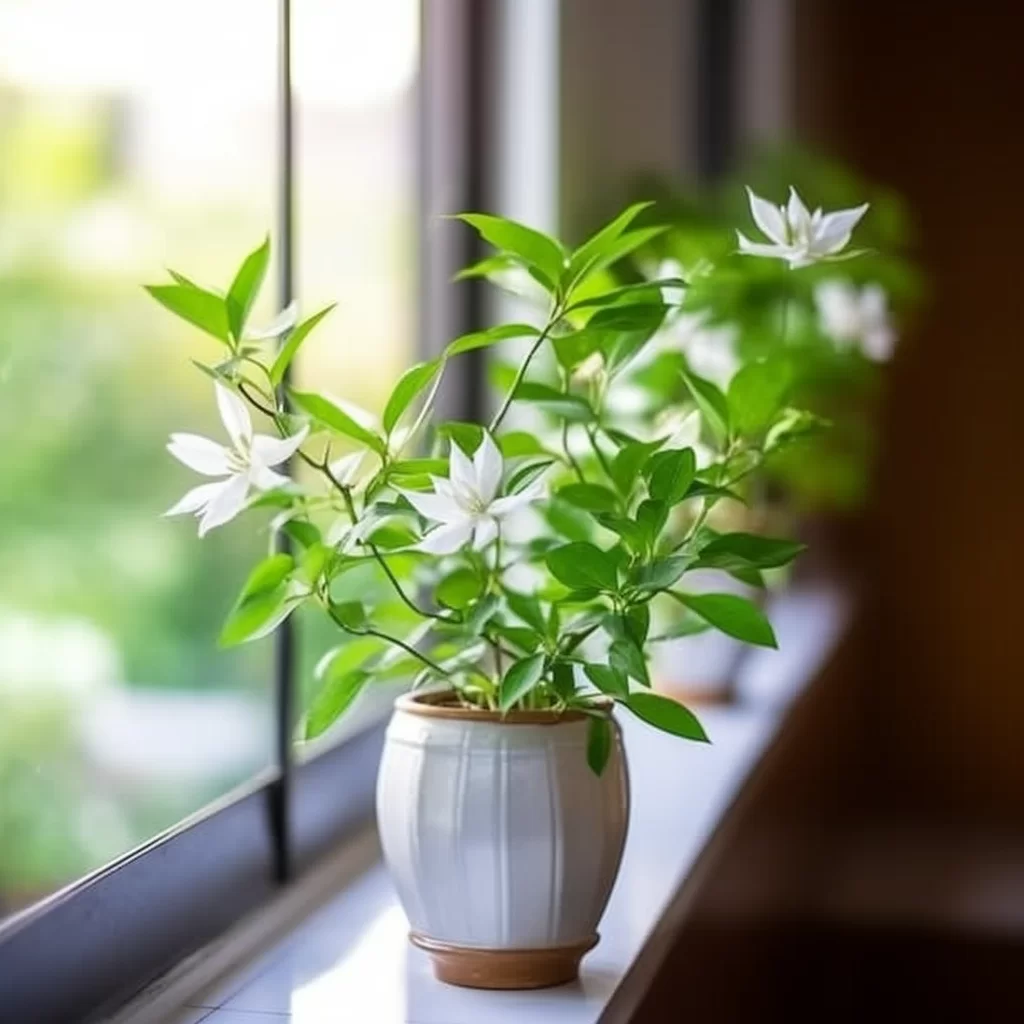Story of Day :
Contents
The Crepe Jasmine Plant: A Complete Guide and Care Tips
Gardening enthusiasts are always on the lookout for unique plants to add to their collection.
If you’re one of them, then the crepe jasmine plant is a must-have for your garden.
This beautiful plant is native to South Asia and is known for its delicate, white flowers that resemble crepe paper.
In this article, we’ll take a closer look at the crepe jasmine plant – from its history and characteristics to its care tips.
History and Characteristics
The crepe jasmine plant (Tabernaemontana divaricata) belongs to the Apocynaceae family and is also known as crape jasmine or pinwheel flower.
It originates from India, but it’s now widely cultivated in other tropical regions like Southeast Asia, Australia, and Hawaii.
The plant has shiny dark green leaves that grow opposite each other on woody stems.
The flowers are star-shaped with five pointed petals that overlap each other – giving them their unique crinkled appearance like crepe paper.
They bloom throughout the year but produce more flowers during springtime.

Creep jasmines can grow up to six feet tall when planted in suitable soil conditions with full sun exposure or partial shade.
Care Tips
The following are some essential care tips you need to know if you want your creep jasmine plants to thrive:
- Soil Requirements: Creep jasmines prefer well-draining soil with a pH level between 5.5-7.0 (slightly acidic).
They don’t tolerate waterlogged soils very well; therefore it’s essential not overwatering them as it may cause root rot.
- Watering: Creep jasmines require consistent watering to thrive, especially during hot and dry weather.
Water them once a week or when the soil feels dry on touch.
Ensure not to overwater them since they don’t tolerate waterlogging.
- Sun Exposure: Creep jasmines prefer full sunlight for at least six hours, but they can also grow well in partial shade.
If you’re planning to plant these beauties indoors, it’s best to place them near windows that receive bright indirect sunlight.
- Fertilizer: Creep jasmines require regular feeding with a balanced fertilizer (10-10-10).
Apply the fertilizer every month during growing seasons (spring and summer).
It is best advised not to fertilize when they are dormant (fall and winter season).
- .
In case of an infestation pluck off infected leaves immediately or use insecticidal soap in severe cases; ensure using organic pest control methods if possible.

In Conclusion
The crepe jasmine plant is undoubtedly one of the most beautiful tropical plants you can add in your collection.
With its unique crinkled flowers that resemble crepe paper, this plant is sure going to catch everyone’s attention.
If you’re considering planting one or more creep jasmine plants, be sure always keep their soil moist but never waterlogged whilst providing ample lighting conditions needed for their healthy growth.

We hope that our complete guide on creep jasmine plants has been helpful to you.
Happy planting!